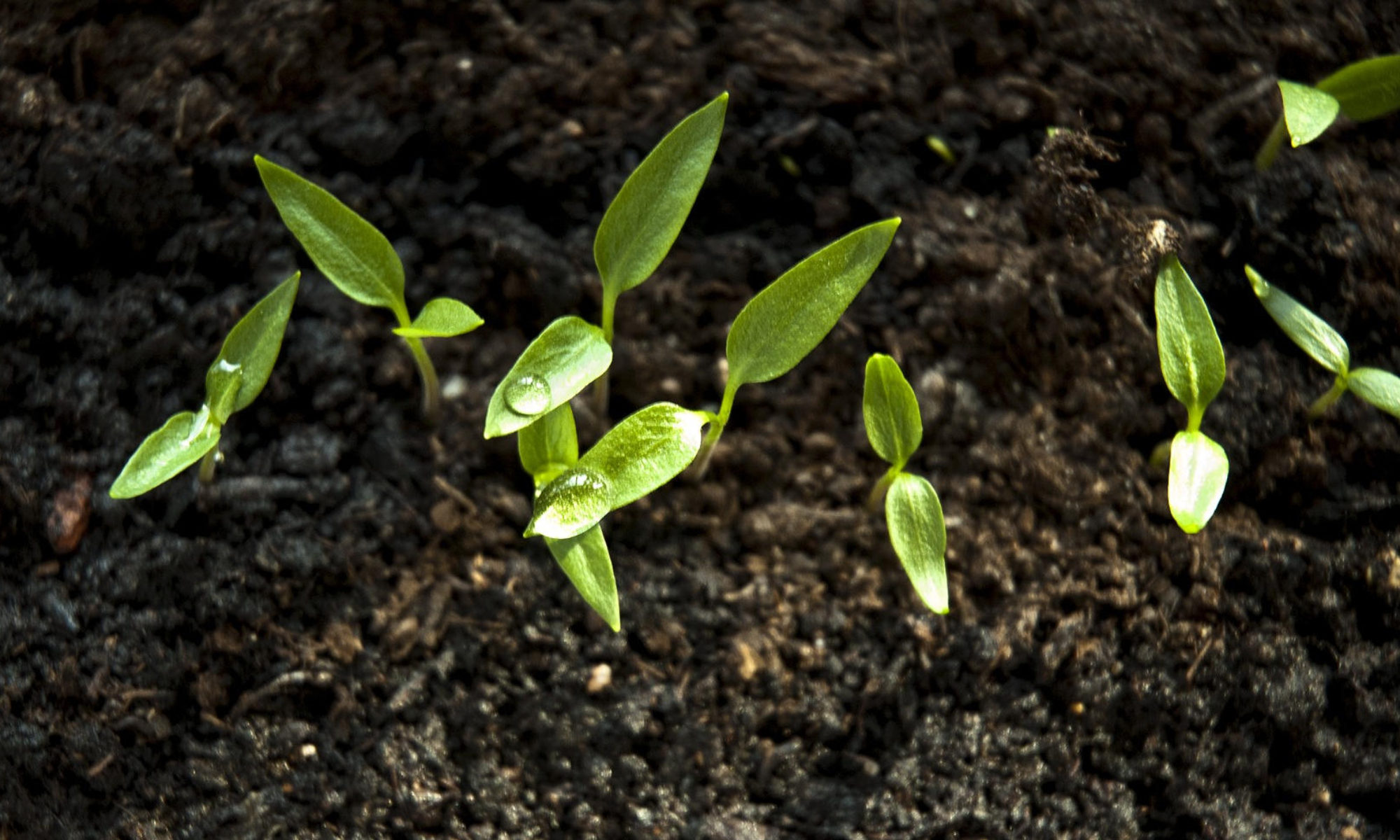by Tim Rinne
November 29, 2014
Lincoln Journal Star

It’s been a year of bad news for the security of our food supply.
In March, the United Nations Intergovernmental Panel on Climate Change reported that “Throughout the 21st century, climate-change impacts are projected to further erode food security — particularly in urban areas and emerging hot spots of hunger.” All aspects of food security, the report stated, are potentially affected by climate change, “including food access, utilization and price stability.”
Then in May, the Chicago Council on Global Affairs’ Agricultural Development Initiative (co-chaired by former Nebraska Congressman Doug Bereuter) issued a report warning that “Climate change will bring hotter temperatures, changing rainfall patterns and more frequent natural disasters. Farmers everywhere will be affected.” If these challenges are not addressed, “consumers will need to be prepared for higher food prices and potential food shortages.”
A month later, two of Bereuter’s Republican colleagues, Henry Paulson (George W. Bush’s Treasury Secretary) and George Shultz (Ronald Reagan’s Secretary of State), released a risk assessment on the perils climate change poses to agriculture: “Our research shows that under the ‘business as usual’ scenario and assuming no significant adaptation by farmers … the Midwest region as a whole faces likely yield declines of up to 19 percent by midcentury and 63 percent by the end of the century.”
The disconcerting report was followed in September by the release of the University of Nebraska-Lincoln’s climate assessment for Nebraska, which projected that by midcentury (2041-2070) typical summer temperatures will be “equivalent to those experienced during the 2012 drought and heat wave … which was the driest and hottest year for the state based on the climatological record going back to 1895.”
And finally, building on its 2010 designation of climate change as a “national security threat,” the Department of Defense in October cautioned that “Rising global temperatures, changing precipitation patterns, climbing sea levels, and more extreme weather events will intensify the challenges of global instability, hunger, poverty, and conflict. They will likely lead to food and water shortages, pandemic disease, disputes over refugees and resources, and destruction by natural disasters in regions across the globe.”
In short, our global food supply is at risk. And that’s a problem, because we can no longer feed ourselves locally.
More than 60 years ago, even a renowned farm state like Nebraska gave up growing food for our own diet. We’re still an agricultural titan. But with the wholesale shift to commodity agriculture, we’re growing feed for animals and corn for ethanol — not food for our tables.
As much as anyone living in New York City and Los Angeles, we depend on the global food system to stock our pantries and dish up our meals. Like the rest of America, we’re getting half of our produce — including 70 percent of the lettuce — from the California Central Valley (which is, incidentally, mired in a record-breaking 500-year drought). Even more telling, $4 billion of the $4.4 billion we Nebraskans annually spend on food is leaving the state. We’re not buying food that’s from here. Instead, we’re blithely counting on some faceless, anonymous source to supply all our meals and snacks.
But that’s not going to work anymore. Unless we want to risk going hungry, we’re going to need to start quickly rebuilding our food system. And just as eating is a “local” act (stuffing our mouths is about as local as you can get), we need a food supply that’s locally based as well.
As consumers, we need to be supporting our local farmers and ranchers and building the market for locally produced food. But those of us in the city can’t get by just being eaters any more, either. We’ve got to start pulling our own weight in the food system and begin producing what we can.
While we’ll always be dependent on the countryside for our grains and dairy and meat, what we can produce in the city we can produce better than anyone else. We can grow the perishable items (particularly the lettuce greens) that are the hardest to keep on the grocery store shelf. And because they’re grown and harvested right where we live, they’re fresher and more nutritious.
All over town, from the grass front lawn to the sidewalk space in the city right-of-way, there’s room for beds of lettuce and spinach, carrots and peppers, onions, tomatoes and potatoes. And with the onset of climate change and the threat of food shortages, it’s none too soon to be trying our hands at a little gardening and learning something about our food.
It’s what we as city dwellers can do to help ensure that in the anxious days to come we’ll know where our next meal is coming from.
